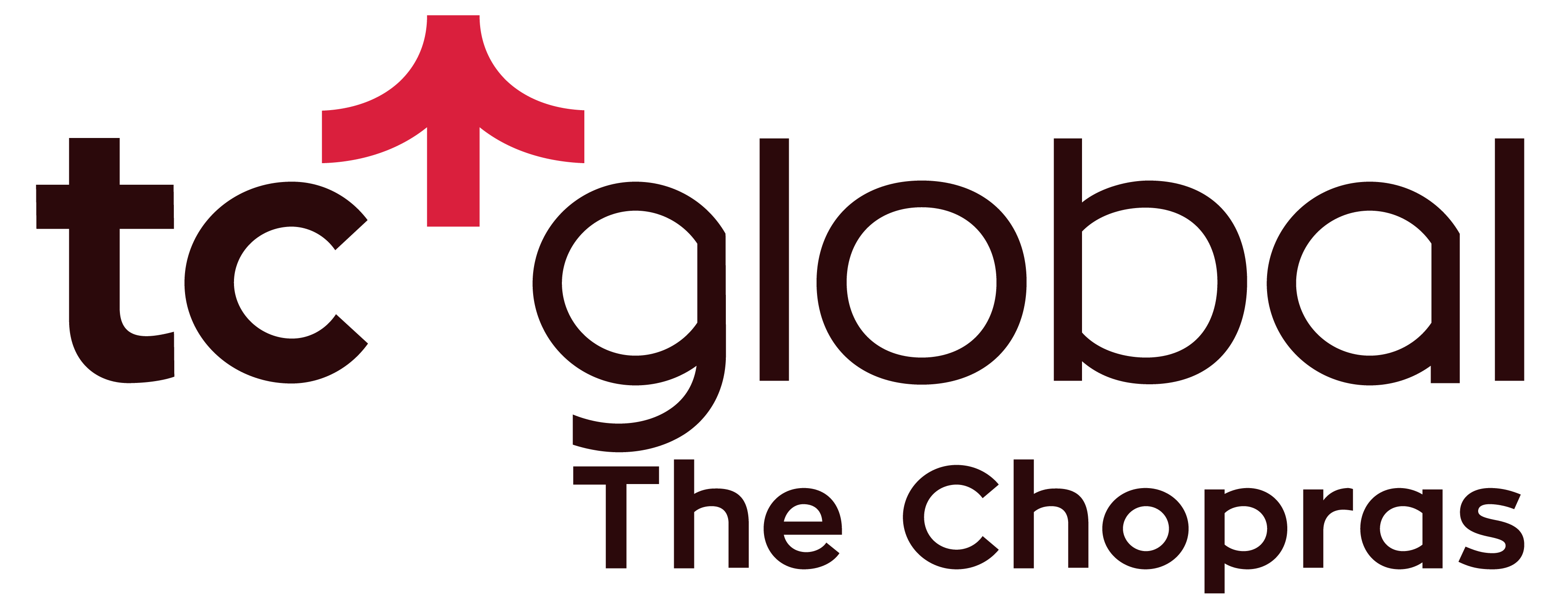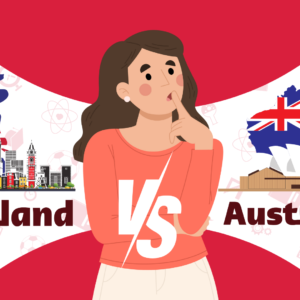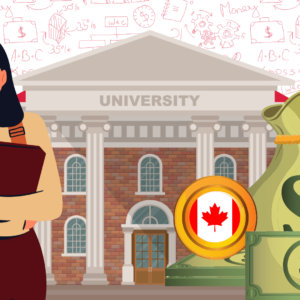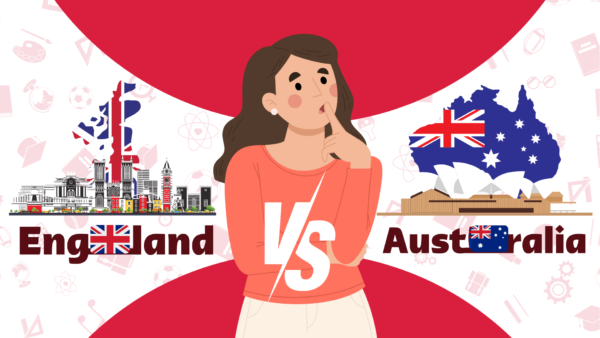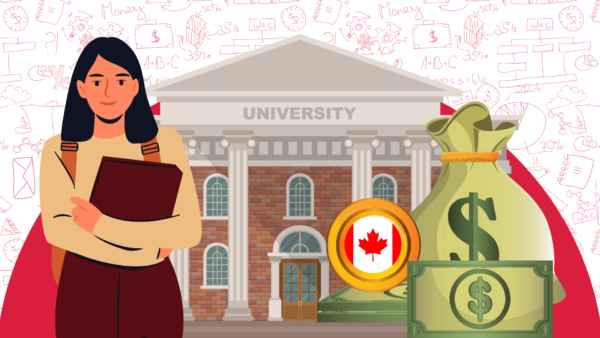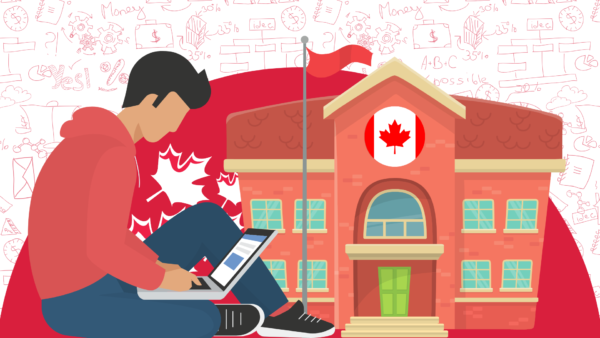Games have power. They help us learn, motivate us and pump us with endorphins, dopamine and the spirit of competition. So yes, games are good for us.
Why, you may wonder, are we talking about this? The answer, in a word, is “Gamification”.
One of the biggest trends in almost all industries today, gamification is the process of applying game principles and design elements in a non-game context in order to add value to the user/customer’s experience.
Let’s delve deeper and explore how it has the potential to disrupt the way we work and learn
Despite its name, gamification is not limited to the gaming or video-gaming industry.
It’s a complex practice that uses structures, designs and psychological insights from games in the fields of business, marketing, education, health, tech design and so on. A fitness app, for instance, takes your interest in exercising and builds it further using reward systems, creative narrations and immersive experiences so you engage deeper with the activity. Zombies, Run! converts your regular run into one of survival as you escape a pack of the undead. If that doesn’t push you to run, I don’t know what will!
Professors Kevin Werbach and Dan Hunter, authors of the book For the Win: The Power of Gamification describe gamification as involving two main mechanisms. The first is “game elements” where typical structures of a game, such as levels, points, achievements, etc., are appropriated into other fields. The second is to emulate design techniques that game developers have built over the years. Werbach and Hunter call the second aspect “subtle yet ultimately more effective” as it engages with the user through a narrative, balancing quests, challenges and actionable feedback. The idea is to modify the game elements to suit the needs of each workspace.
Tracing its roots in the Digital Age, gamification began as a marketing tactic. Most brands still use it as one. Think of all the “loyalty points” and vouchers you have amassed and you know you are already in the game. Samsung Nation, for instance, got its users to interact with one another and awarded badges for the most active ones. However, with time and with more game developers entering the foray, the idea of gamification evolved into more human enabling fields. According to Kevin Werbach, today, organisations use it to “enhance employee performance, promote health and wellness activities, improve retention in online learning, help kids with cancer endure their treatment regimen, and teach people how to code, to name just a few examples. Gamification has potential anywhere that motivation is an important element of success.”
Despite tech trends showing the ups and downs of gamification, it has become an all-pervasive phenomenon. If you know what signs to look for, you will be able to spot it easily. While this is in no way an exhaustive list, it does give you an insight into the gamification matrix.
- Points
- Badges
- Leaderboards
- Achievements/ Levels
- Narrations
- Avatars/ Roleplay
- Team members/ Competitors
In one way or another, you are a player in this universe. A gamified setup fosters a spirit of competition that can motivate people and motivated workers are good for business. It sustains your engagement with a set of tasks. This statement applies, whether you are working as part of a team, a customer or a student learning a new skill. It also addresses the humdrum aspects of certain tasks, making it more enjoyable.
Let’s say you have to choose fifty headers for a data entry job. That is fifty clicks on your mouse. Imagine how much more fun it would be if a simulation showed them as target practice or kept time, allowing you to compete against yourself. In 2019, TalentLMS conducted a survey to study the effectiveness of this process. Here are some of its key findings:
- Gamification in workplace has significant impact on employee engagement, motivation and psychology.
- 83% of those who received gamified training simulations felt more productive while 61% of those who received the non-gamified ones felt unproductive and bored.
- 78% said that gamification during recruiting would make the company more desirable.
Many experts might tell you that gamification was not a part of mainstream vocabulary until 2010. This is true if you are talking specifically about the shape and form it has taken today. However, the basic premise of it is coded within our DNA. At the outset, a sense of victory and the promise of a reward has always been a huge source of motivation. Think of the times you made the honour roll or won a prize. Reflect on your feelings during game night. The honour roll is the reward that pushes you to study better. Rolling double sixes or demolishing your opponent’s king gives you a sense of accomplishment. Behavioural psychologist B F Skinner called this operant conditioning. This is the idea behind gamification, at the surface level.
But let’s dig a bit deeper.
There is a possibility that the reward has no value to you and therefore ceases to be a motivator. How then does gamification function? A study published in Contemporary Educational Psychology classifies motivations into two: intrinsic and extrinsic motivations. A reward is an extrinsic motivator stemming from outside. A good game, however, taps your innate motivations in combination with external rewards. A prize is not the only reason why we accomplish something. Dependance only on extrinsic motivations can result in manipulations. Sometimes, we take up a task directed by our personal interests or because the activity is inherently engaging. By gamifying these activities, your innate stimulations can be harnessed and converted into effective completion of the tasks. A good game will make you enjoy the journey rather than just finishing it.
To sum up:
- Does gamification motivate people to work faster?
- Does it improve effectiveness?
- Does it make mundane tasks interesting?
Yes to all.
But that does not mean it can be applied without caution.
At its core, gamification has a direct impact on the lives of people. Therefore certain legal and ethical boundaries are required to ensure a sense of fair play. And since it draws its entire philosophy from games, what is also required is a sense of sportsmanship from all parties involved. Healthy competitions should not result in people losing their jobs. While competitions can push winners to better themselves, it is also the company’s responsibility to maintain its spirit and ensure that people who finish later do not get demotivated. One of the best features of a game is that it allows people to restart. Will the same opportunity be given in a workplace? It is too soon to tell.
